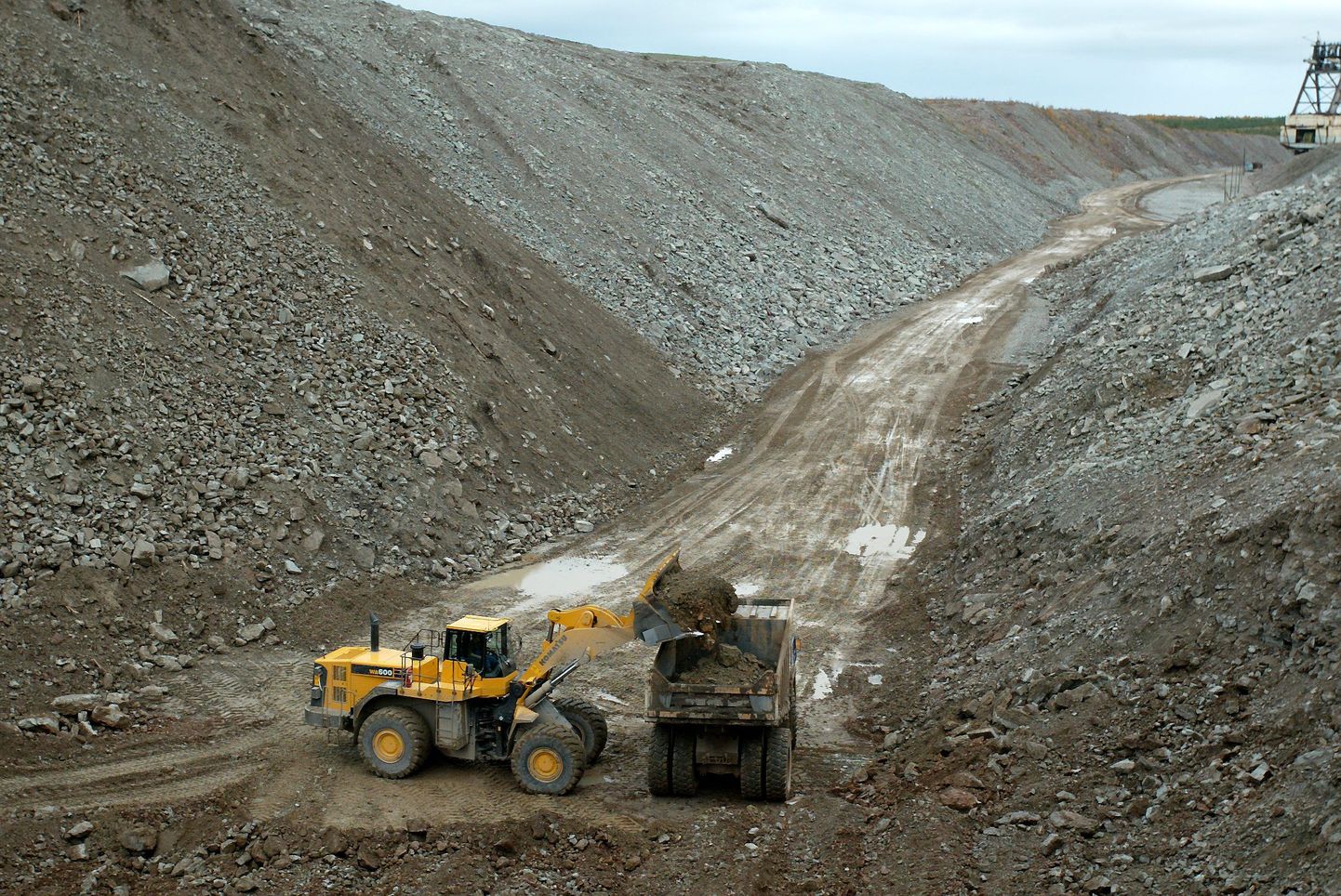"Since extracting oil shale is direct interference with nature, possible impacts have to be assessed simultaneously with drawing up the development plan. This way we can make sure that environmental protection aspects are taken into account in time and be able to preserve high quality of life and a clean environment for the people living here," Environment Minister Keit Pentus-Rosimannus said.
The national oil shale development program must ensure that oil shale is extracted and utilized in the most environmentally friendly and at the same time economically efficient way. The last few years' analyses have shown that the amount of waste from oil shale has not decreased nor has recycling of oil shale waste increased in recent years, so there is much that still can be done in this regard.
"An ordinary Estonian family's consumption of electricity produced from oil shale generates annually six tons of waste – ash and muck.Furthermore, the oil shale sector uses four times more water annually than the rest of Estonia put together and emits almost 100 percent of the sulphur pollution generated here, not to mention physical damage to nature caused by open-pit and underground mines. This is why the environmental impact of oil shale extraction and utilization, as well as how it could be reduced in the future, has to be analyzed very seriously," the minister said.

